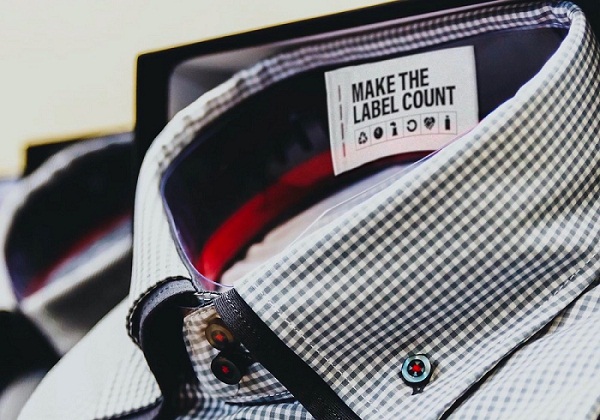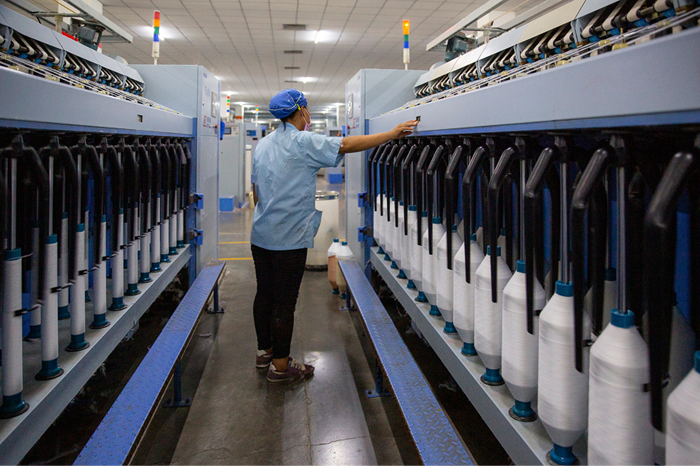
Industry leaders fear, European Commission’s new scheme to make every garment and shoe sustainable by 2023 may intensify the greenwashing trend amongst brands.
No listing of renewable fiber benefits
Titled as ‘Product Environmental Footprint’ (PEF), the scheme aims to encourage consumers to opt for eco-friendly products. However, the methodology to make this choice does not take into consideration environmental factors, says ‘Make the Label Count’, an initiative whose members include Australian Wool Innovation, the Campaign for Wool, Changing Markets Foundation, Cotton Australia, Fibershed, the International Sericultural Commission, the International Wool Textile Organisation and the Plastic Soup Foundation.
The framework of this scheme lists neither the benefits of renewable and biodegradable fibers nor the effects of microplastic pollution. Synthetics derived from fossil fuels are greener than their natural counterparts. This leads to not only misleading customers about the impacts of their products, but also eroding the system’s credibility and undermining the European Union’s overall sustainability goals, say campaigners group for the scheme.
The initiative can deliver great environmental outcomes if it amends the PEF methodology, the group adds in a report summing up concerns about the campaign.
The scheme was proposed by the European Commission in 2013 as a standard for measuring and validating environmental claims. It also aims to create a level playing field for products made by different member states. Using, life-cycle assessments, the PEF scheme has till date, identified 16 environmental categories in its methodology, including ozone depletion, human toxicity, land use and resource depletion. This has helped create a consumer-facing label that uses red, yellow and green “traffic lights” or an A to E grading scale to present an at-a-glance measure of a product’s environmental burden.
PEF mandates synthetic fibers analysis from their extraction at the wellhead. This magnifies the inequity between products made from natural and fossil fuel-based fibers, asserts Make the Label Count,
The final PEF framework is yet to be released by the European Commission. The commission has identified room for improvement along all the phases for the circular economy for design says Paola Migliorini. PEF also needs to introduce a EU strategy for sustainable textiles to enhance the scheme’s clarity.
A threat to earth’s existence
Usually, LCAs on textiles and clothing don’t include the use phase of the value chain, says Ingun Grimstad Klepp. The labeling system can be made functional by ensuring that it is known to everybody, secondly, it needs to trusted by consumers and lastly, it needs to use a fair methodology.
A label based on misinformation and twisted logic can unleash billions more items made of non-biodegradable petrochemical plastic polymers onto a patchy global waste system, says Livia Firth, Creative Director, Eco Age. It could affect ESG funds needed to tackle climate crisis besides sustaining more pollution.The company engaged in mislabeling loses the moral authority to combat other forms of greenwashing, adds Firth.
The industry is flooded with misleading claims on sustainability that threatens to damage the earth, adds Firth. Labeling a garment as sustainable is a serious issue that depends on the discipline and etiquettes needed to create a civilized planet.












